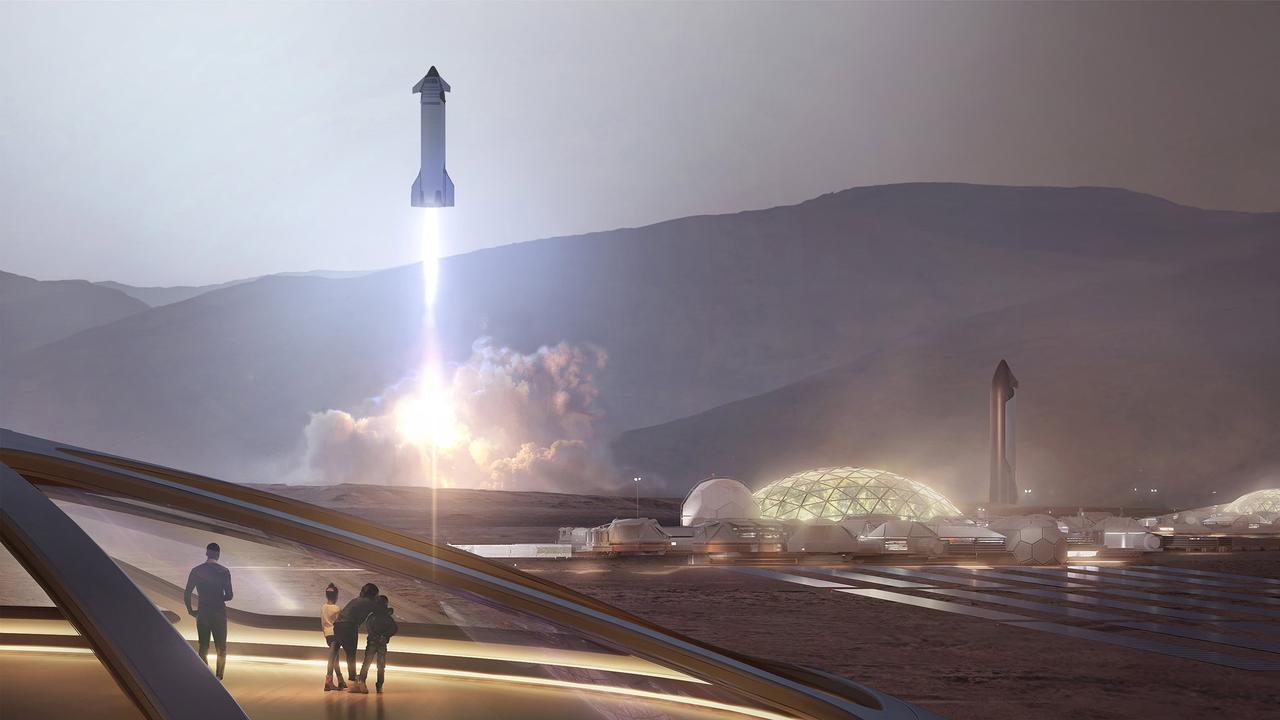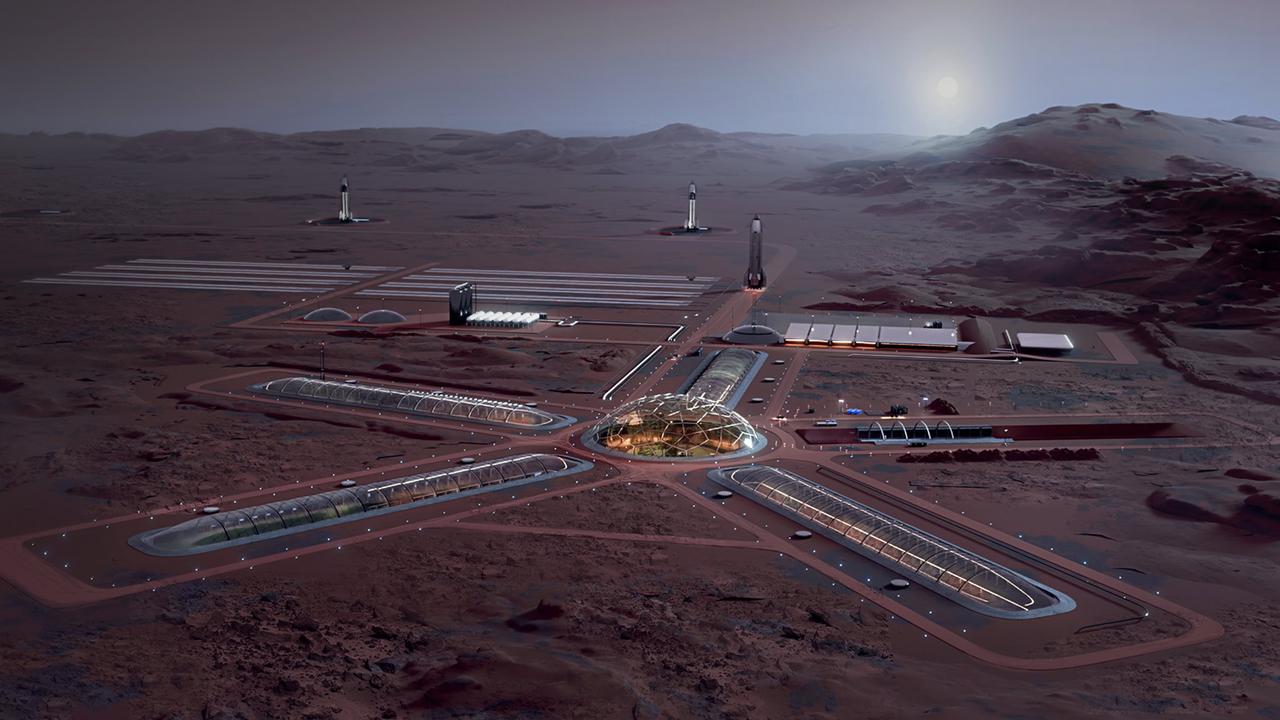
Elon Musk, the CEO of SpaceX, ignited social media on May 30, 2025, with the release of conceptual images showcasing his long-standing vision of a self-sustaining human settlement on Mars. Shared on his X account, the illustrations depict a future Mars community, complete with SpaceX Starships, humanoid robots, domed facilities, and an organized launch infrastructure spread across the red desert.
Ironically—or perhaps purposefully—Musk’s post comes nearly a decade after Ridley Scott’s critically acclaimed sci-fi film "The Martian", in which a lone astronaut uses science, perseverance, and innovation to survive on Mars.
Starring Matt Damon as stranded NASA botanist Mark Watney, "The Martian" captured the public’s imagination with its realistic portrayal of Mars survival, mission control dynamics, and the use of existing and near-future science. The film was widely praised by scientists, including former NASA engineers, for its accuracy in areas like orbital mechanics, life support, and chemical reactions, even if some dramatic liberties were taken.
In one notable review from a former NASA rocket propulsion expert, the film was lauded for authentically depicting the high-stakes decision-making of mission control, the dangers of chemical fuel interactions, and the mathematics behind gravitational assist maneuvers—concepts now mirrored in real Mars mission planning.

The newly revealed images show a cohesive vision that blends futurism with technical realism. Among the key visual elements:
Observers noted the striking resemblance to scenes from "The Martian," especially the desolate but functional outpost where Damon’s character grew potatoes in Martian soil. “From science fiction to blueprint,” read one user’s viral comment under Musk’s post.

While "The Martian" depicted a fictional 2035 Ares III mission, some of its technologies—such as hydroponic farming, in-situ resource utilization (ISRU), and orbital slingshot trajectories—are now central to actual Mars planning. SpaceX has already conducted dozens of Starship test flights and is actively developing life support, crew habitation, and propellant refueling systems in preparation for a crewed Mars mission within the next two decades.
However, there are caveats. As noted in the 2015 expert review, full-gravity simulations within microgravity environments—as seen in "The Martian"—are still beyond today’s capabilities. Likewise, questions remain about long-term radiation exposure, psychological challenges, and the ethics of Martian colonization.

What once seemed like the stuff of blockbuster science fiction is increasingly being treated as a project timeline. Musk’s vision, once criticized as overly ambitious, is beginning to align with accelerating advancements in robotics, propulsion, and off-world habitat design.